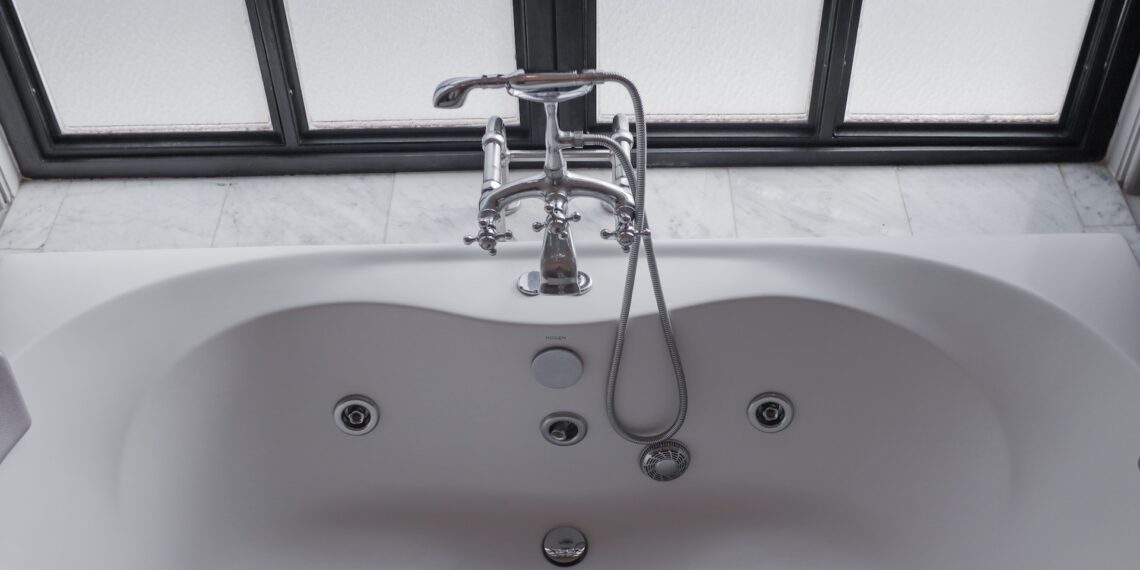One of the least favorite jobs among homeowners is caulking. Yet, it is also one of the most crucial home improvement projects to stay on top of. Dried, cracked or flaked caulk could spell trouble and lead to costly water damage repairs. Although caulking is relatively straightforward, people tend to make these eight common caulking mistakes.
Forgetting to Wear Protective Gear
Caulking may not be the most challenging home improvement project, but it is one of the messiest — regardless of how careful you are. Its sticky nature makes washing it off skin and clothing especially difficult, so you’ll want to wear protective gear.
Wearing old clothes or an apron will help to avoid ruining items you like. Likewise, disposable gloves will save you from the impossible task of scrubbing your hands later.
Forgetting to Clean
Windows and bathrooms are common areas requiring re-caulking. Bathroom caulk is usually prone to mold and mildew growth due to high moisture levels and warm temperatures. Therefore, cleaning your work area before applying a caulk layer is essential.
The Cleaning Institute recommends a nontoxic baking soda, vinegar and hydrogen peroxide solution to remove surface germs. Some people prefer using water-diluted bleach instead. The bleach solution should take about 30 minutes to kill the bacteria.
Choosing the Wrong Caulk
The type of caulk you use is critical for sealing cracks and gaps in your home. Kaolin clay is a common ingredient in caulk products. It can provide corrosion protection and improved durability to coatings, paints and adhesives.
Caulk is not glue — it’s a sealant. Therefore, you always want to ensure you use a waterproof silicone product to seal gaps and cracks. Silicone caulk is adequate around bathtubs and showers, which may spill or leak water.
Missing Essential Materials
One of the most common caulking mistakes is forgetting to buy essential materials. Aside from protective gear and the caulk, you should gather the following items:
- Caulk gun
- Painters tape
- Utility knife
- Caulk finishing tool
- Caulk tube plug
- Drop cloth and cleaning cloths
- Caulk remover
A “caulking finger” is another helpful tool you can slip your finger into to smooth the caulk without getting it all over your hand.
Also Read How to Remove Wall Between Kitchen and Living Room Before and After Guide
Not Using the Right Amount
Determining the right amount of caulk to use is a crucial step. You don’t want to apply too much caulk when filling a deep gap. Instead, use foam rope to fill it first and apply a caulk layer. Applying too little caulk is also ineffective.
Use the utility knife to cut the caulking tube tip to about the same size as the area you’re sealing. You can then achieve the correct amount by holding the caulking gun at a 45-degree angle for a consistent flow.
Finding the right speed is another way you will layer a sufficient amount. Move too quickly, and your caulk line will be too thin. Conversely, going too slow will result in thick, clumpy beading.
Caulking Over Old Caulk
The last thing you want to do is apply fresh caulk over worn and damaged caulk. Caulk needs a clean, dry and flat surface to adhere correctly.
Use your utility knife and a wire scrubber to scrape the old caulk away before resealing the gap. You should also scrape the caulk if mold is present — otherwise, you’re simply covering old problems.
Not Smoothing the Caulk Properly
After applying a beading of caulk, you’ll want to smooth it out with your finger — or caulking finger tool. Professionals call this step “tooling.”
Aside from making the job look neat, tooling ensures you fill the gaps entirely. This is especially important around window frames to prevent air leaks.
Not Letting It Dry Completely
The most common caulking mistake among home improvement DIY enthusiasts is not allowing the caulk to dry completely. Bonding takes 24 hours or longer for a fully waterproof seal — so keep the area clean and moisture-free.
Failing to let the caulk cure risks having all of your hard work wash away. It also leaves joints exposed and vulnerable to water damage. After an appropriate time passes, you can gently run your finger over it to ensure it’s thoroughly dried.
Avoid These Common Caulking Mistakes for Seamless Sealing
Caulking is a straightforward project you can do in a day. However, you can make several mistakes if you aren’t careful. Pay close attention to what you’re doing and you’ll successfully have fully-sealed windows, tubs, showers and sinks again.









